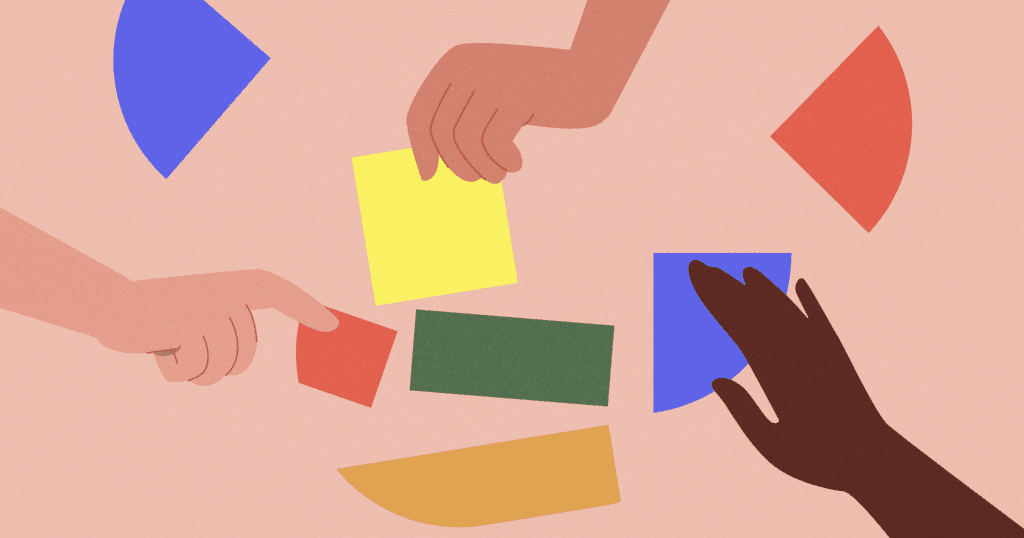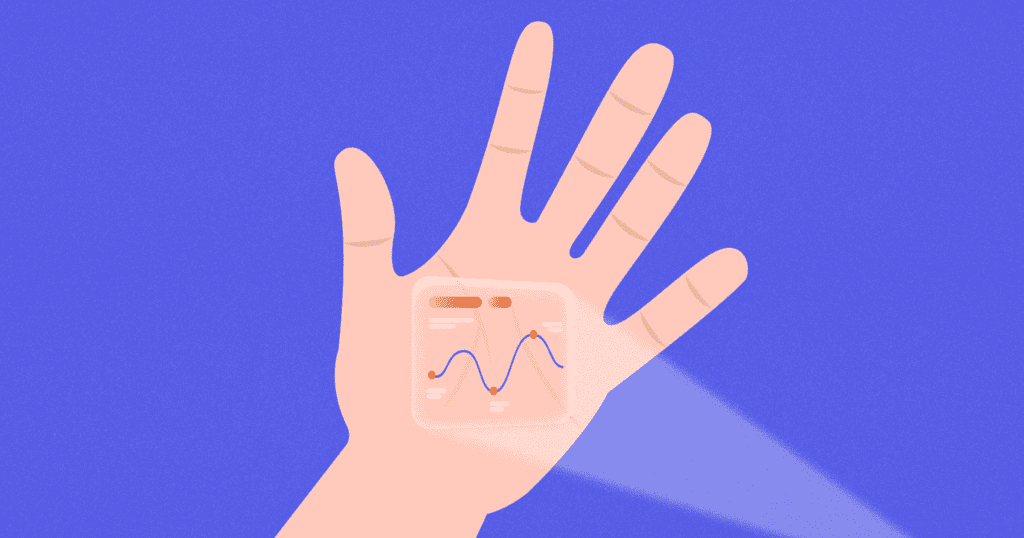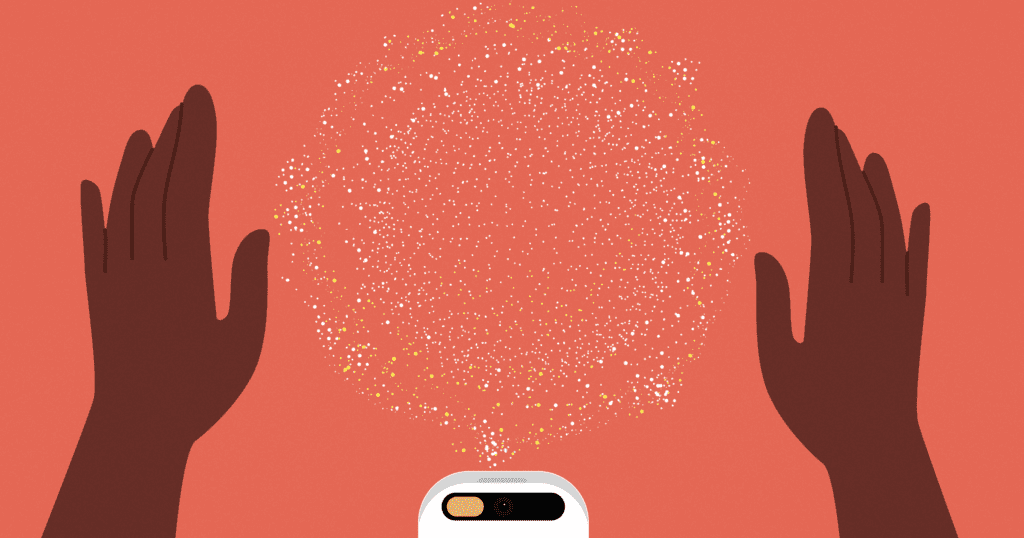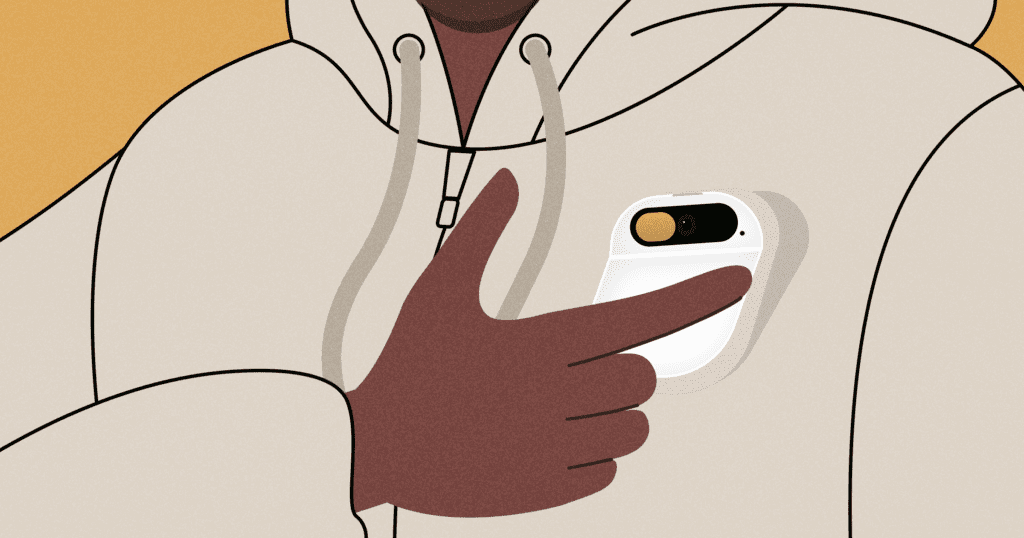Ethical design is more common than most people think. Recently, the new tech company Humane launched a product called Ai Pin. This screen-less, app-less device relies on voice, hand gestures, and projection to interface with its user. It can use artificial intelligence to craft the perfect soundtrack, analyze your diet, and plan your weekend.
But that’s not the most exciting thing about Ai Pin. What stands out is its inherent respect for people’s attention. The product’s website states: “Ai Pin is extra mindful of your time.” Unlike our phones’ screen-dominated design or the social apps that fill every free moment, Ai Pin purports to prioritize users by eliminating distractions and connecting us with the people and activities that matter to us.
Most distinctly, the company provides a privacy pledge:
“At Humane, we believe you deserve the ability to own your data from the outset. Personal information should be protected. And that having transparency as a value isn’t radical.”
Whether or not Humane will live up to its promise is yet to be seen, but it’s a good step forward for ethical design. It’s in particularly stark contrast to other tech companies’ habits of competing for our attention and harvesting our data for commerce. Humane visions a future that is, well, more humane — kind and compassionate.
Ethical Design & Technology
There is always the hope that new technology, websites, devices, virtual environments, and digital products will help people in their daily lives. But it takes as much effort, if not more, to design for good, not just for “helpful.” Most user experience designers spend their day reducing users to task operators, ignoring the complexity and diversity of the human experience. While research with real people helps capture customers’ desires and needs in a single action or user flow, we mostly fail to respect our users.
Promoting and supporting ethical design helps us all become better designers —and better humans. Ethical design goes beyond aesthetics and functionality; it respects users’ rights, well-being, and privacy. Let’s explore what ethical design principles are, and why they are essential in the fast-advancing digital age.
Design with a diverse team for the most marginalized of users.
Designing with a diverse team ensures that, in turn, diverse perspectives are kept in mind, which results in more inclusive and accessible products and services. When focusing on the most marginalized users, it’s crucial to incorporate their firsthand experiences into the design process. This approach not only strengthens the empathy of the design team but also addresses users’ specific needs and challenges. Actively involving individuals from different backgrounds and abilities all but guarantees the design will be more nuanced, adaptable, and considerate of how people interact with and benefit from the product, service, or experience.
In essence, embracing diversity in the design process is not just an ethical imperative. It’s also a strategic decision that leads to more innovative and socially responsible outcomes.

Respect users’ privacy. Don’t treat people as data.
Respect for privacy is a cornerstone of responsible design. When you ensure that your customers are protected and treated with dignity in the evolving landscape of digital interactions, they have reason to stick around. Not only that, but it means designers can cultivate an environment of trust, transparency, and user empowerment – one where users know they are respected, and that their most sensitive information is safe.
That means companies should avoid gathering excessive information irrelevant to the user experience. Focus instead on creating universally accessible and user-friendly experiences that do not compromise user privacy. And always empower users to have control over their data. Offer accessible settings that allow users to manage and control their privacy preferences, including the ability to delete or update their information.

Optimize for the planet. Sustainability is ethical design.
Perhaps the most significant challenge to ethical design is the persistence of unsustainable practices. For all the apparent commitment to a more ethically centered experience, Humane’s Ai Pin is still a high-end cellular-connected luxury device made from aluminum and glass that consumes energy — even if far less than its screen-based predecessor. The rapid evolution of the digital world coupled with the ever-increasing demand for innovative online experiences tends to lead to resource-intensive designs — which have a larger carbon footprint.
Ethical design means having a strident commitment to sustainability. Sustainable design requires an economy where materials and energy move in an infinitely circular pattern, and it should involve educating consumers about the company’s commitment to upholding life on earth. Ethical digital designers must proactively seek sustainable solutions, such as optimizing code and content while choosing renewable energy sources. They should seek to balance innovation with environmental responsibility and pursue methods that demonstrate the highest regard for our planet.

Conclusion
Many companies choose to be more ethically responsible in every aspect of their business. That’s wonderful! But ultimately, designers themselves need to lead the way. Often, we feel we are at the mercy of our clients’ objectives, and overwhelmed by the need to create the most beautiful, flawless experiences and high-converting designs, even if doing so sacrifices our integrity. But it doesn’t have to be that way. Start every design endeavor with ethical design principles, and use the constraints to think critically and innovate. Make it a requirement. Those limits will lead to greater creativity, and those ethical principles will be as good for your business as they are for the people engaging with it.
